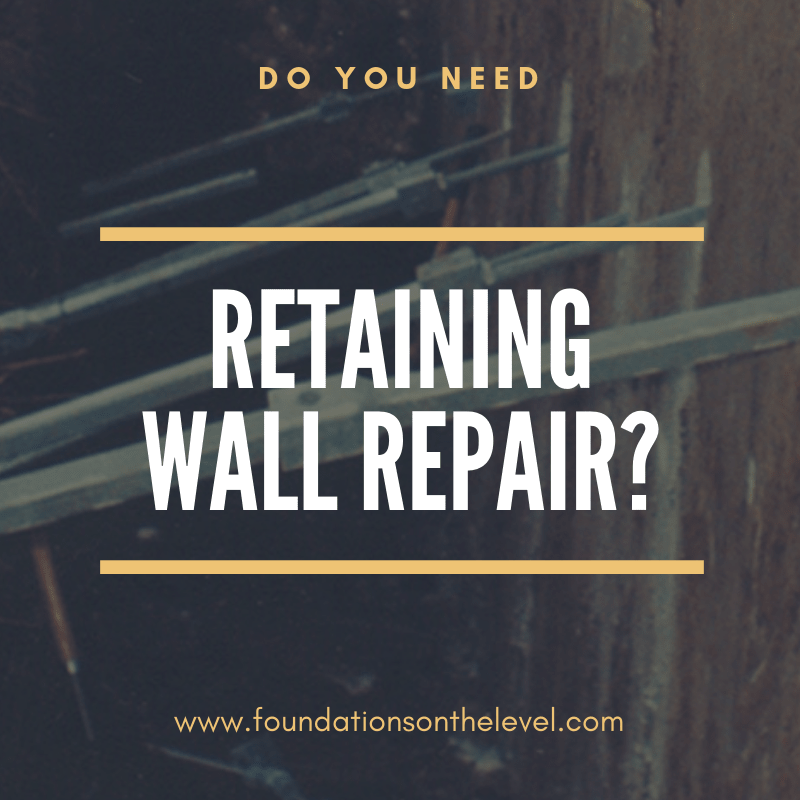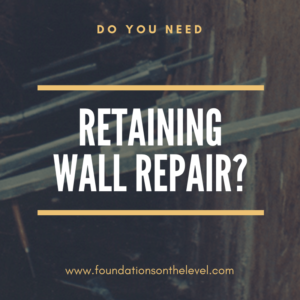Retaining walls, well, most retaining walls anyway, have a specific structural purpose. They hold back the earth behind them.
When a retaining wall fails, it can lead to a host of problems that can damage your property. That is why watching them for signs of damage is so important.
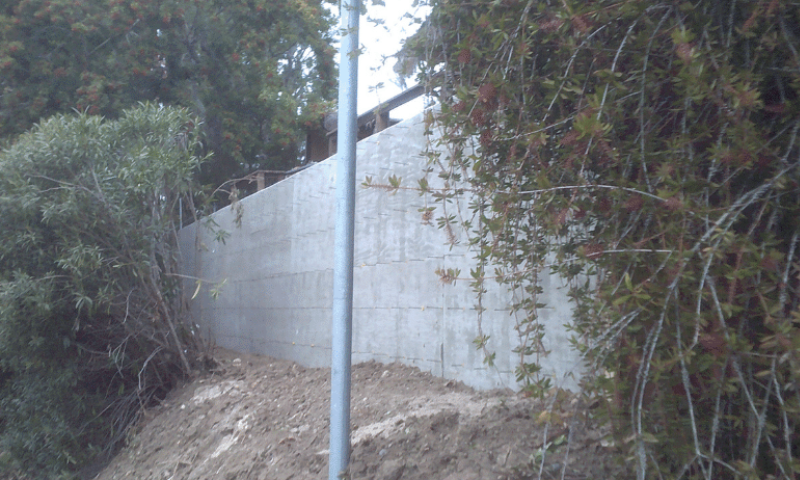
Why Retaining Walls are Used
Retaining walls are used throughout the country. They are most common, however, in hilly areas where land is at a premium, such as our base in Southern California.
There are a number of common uses of retaining walls:
1. Prevent Soil Erosion and Soil Displacement
Retaining walls stabilize soil on sloped terrain. They prevent it from washing away during heavy rains or shifting during earthquakes.
2. Create Usable Space
Sloped or uneven land isn’t practical for some uses. Retaining walls can be used to turn those slopes into flat, usable areas for gardens, patios, driveways, or buildings.
3. Support Slopes
Retaining walls can provide structural support to prevent soil from sliding, especially on steep slopes or hillsides.
4. Aesthetic Landscaping
Retaining walls can enhance the visual appeal of a property by creating terraces and serving as decorative elements.
5. Improve Accessibility
Retaining walls can create level walkways or paths on slopes, making areas more accessible.
Consequences of Retaining Wall Failure
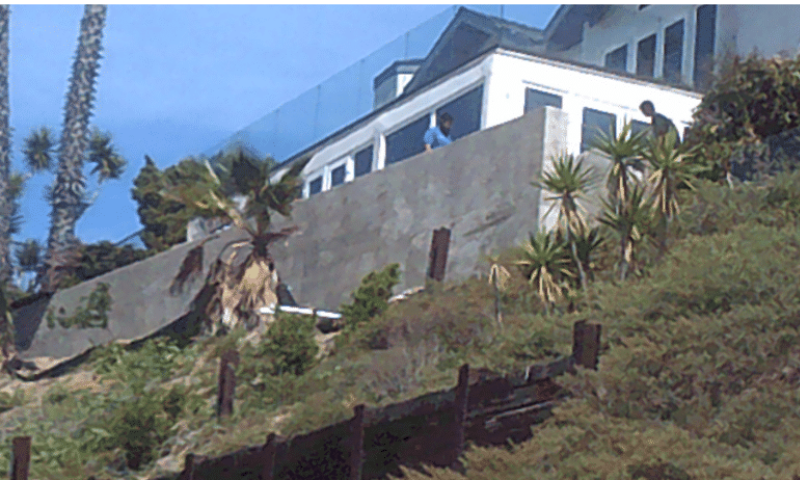
The severity of the potential consequences of retaining wall failure are tied directly to the wall’s purpose. The 8-foot wall helping stabilize a hillside on your property is going to cause much more severe damage if it fails than the three-brick-tall retaining wall in your yard that is mostly decorative.
Some of the ways in which retaining wall failure can affect your property include:
Erosion
If a retaining wall fails, the cause is likely, at least in part, the soil behind it exerting pressure against it. What do you think the chances of that soil staying in place once the retaining wall is gone are?
Depending upon which side of the retaining wall your property is on, this could have different consequences. If the wall was providing a level surface for your patio or driveway in an area that would otherwise be sloping downward, erosion in the soil beneath the concrete slab could destabilize it, causing portions to sink and crack.
If the retaining wall is upslope from your property, the erosion could send the ground into your yard, at minimum causing a mess and worst-case damaging your home or other buildings on the property.
Damage to Nearby Structures
As noted above, shifting of earth previously held back by a retaining wall can cause damage to nearby structures in two ways. First, the soil could slide into them. Second, it could destabilize the ground that they sit on, causing them to sink unevenly.
In either case, the damage can be significant and can increase the next point.
Financial Costs
Repairing or rebuilding a failed retaining wall can be expensive, especially if additional damage occurs to your property or landscaping. Legal liabilities may arise if the failure impacts neighboring properties or public infrastructure.
Signs That Your Retaining Wall Might Fail
- 1. Wall Has Begun Leaning or Tilting
- 2. Cracks in Wall
- 3. Bulging or Bowing in the Retaining wall
- 4. Drainage Not Working
- 5. Erosion at the Top of the Wall or Beneath Its Base
- 6. Movement of Wall Sections or Capstones
Read more about these issues in our article on Signs of Retaining Wall Failure.
Do You Need Retaining Wall Repairs in San Diego or Orange County? Contact Us Today
At Foundations on the Level, we are experienced at stabilizing retaining walls that are in danger of failing. If appropriate, we can install helical tiebacks, which anchor the wall into the soil behind it, counteracting the forces pressing out against the wall. If you want to learn more, contact us today.
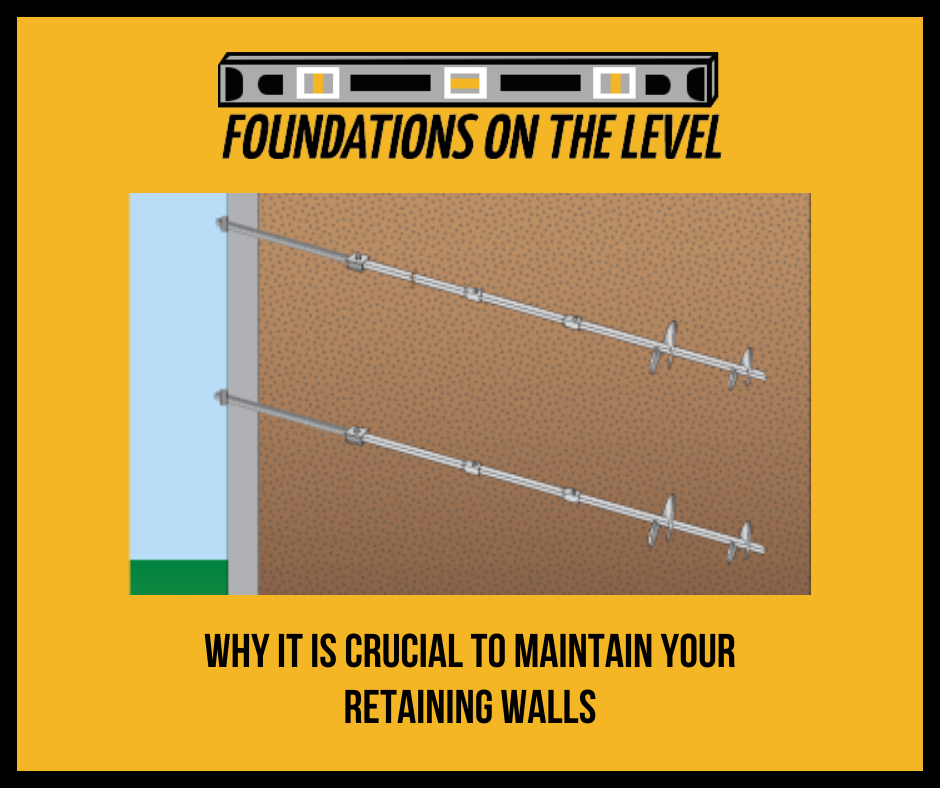
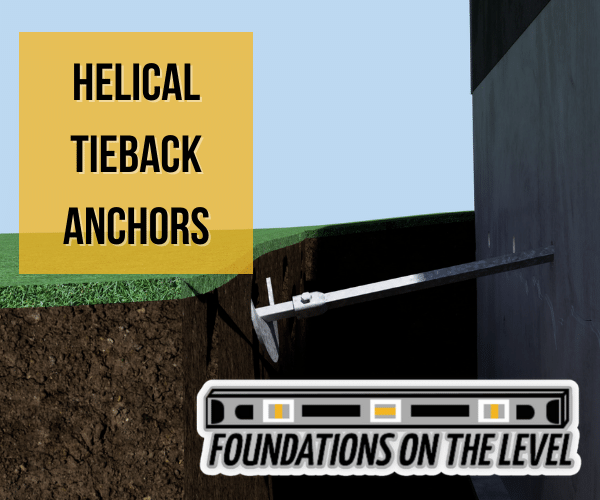
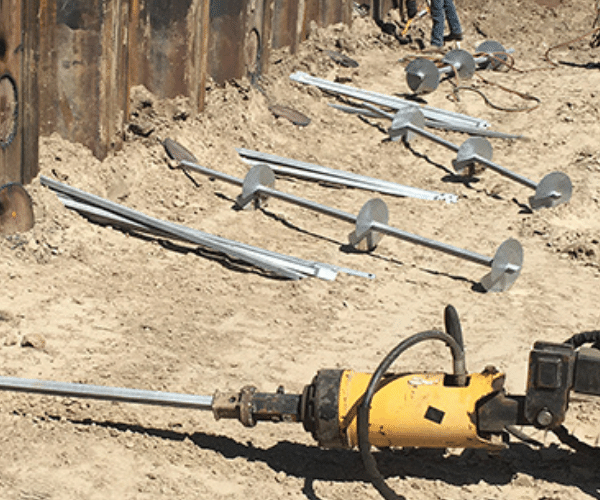
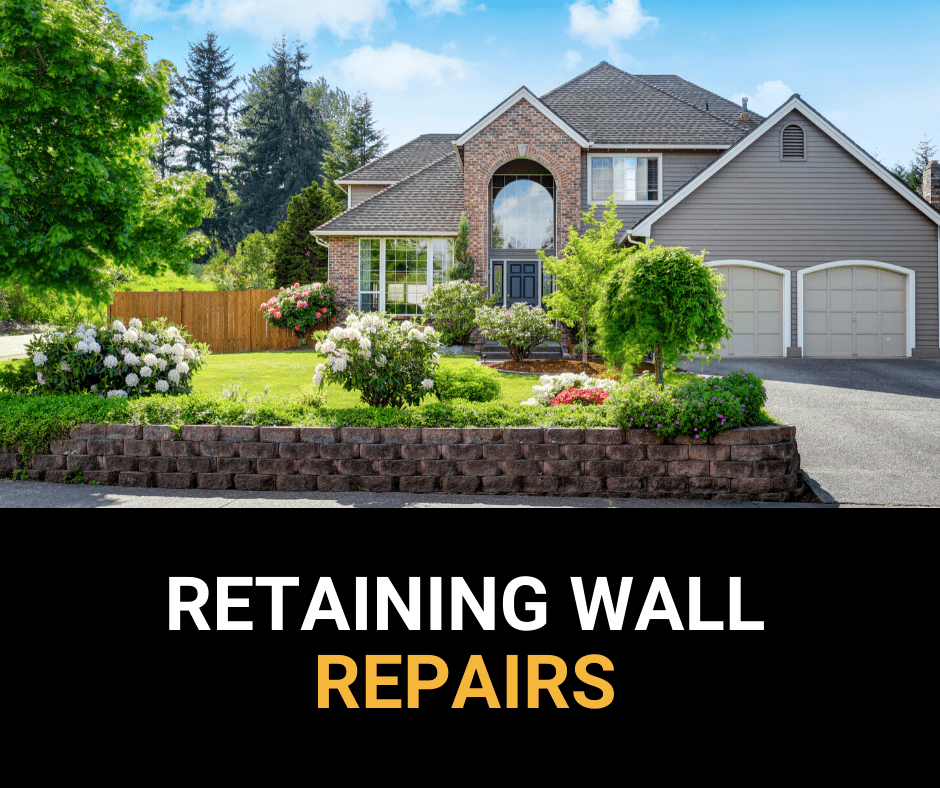
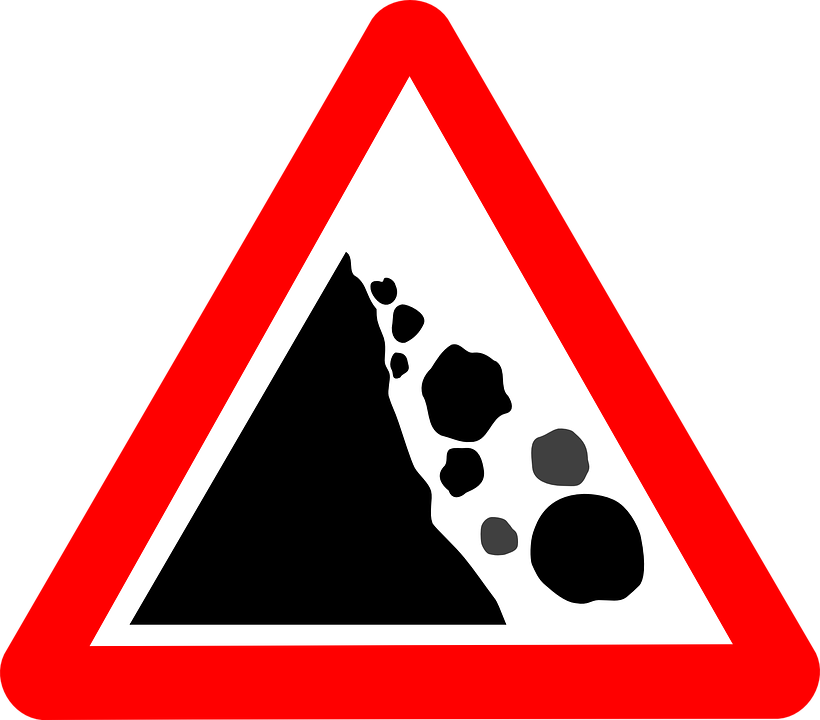
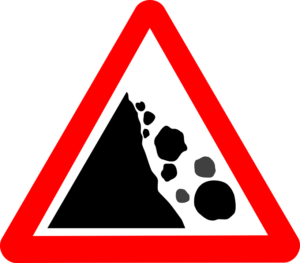 California has been no stranger to weird weather and other natural occurrences this last year. After wildfires have removed most of the plant life protecting the earth from erosion, record-breaking rainfalls have been taking place. Landslides and other disasters have occurred throughout the state.
California has been no stranger to weird weather and other natural occurrences this last year. After wildfires have removed most of the plant life protecting the earth from erosion, record-breaking rainfalls have been taking place. Landslides and other disasters have occurred throughout the state.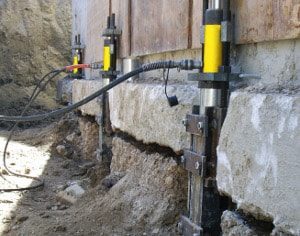 Any type of movement of the earth around your home can damage the foundation. A
Any type of movement of the earth around your home can damage the foundation. A 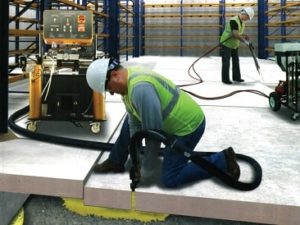 Not every landslide causes foundation problems, sometimes it may just disturb your concrete slabs. Your driveway, sidewalk, or patio can be pushed out of place or sink.
Not every landslide causes foundation problems, sometimes it may just disturb your concrete slabs. Your driveway, sidewalk, or patio can be pushed out of place or sink.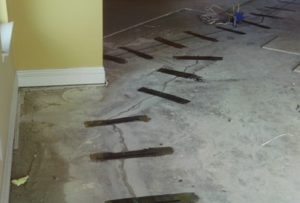 If the earth around your home moves, you may notice cracks in floors, walls, and ceilings. There are two kinds of cracks: structural and settlement cracks. You can look for cracks and monitor if they are growing. If you are at all concerned about a crack, you must contact a reputable foundation contractor like FOUNDATIONS ON THE LEVEL.
If the earth around your home moves, you may notice cracks in floors, walls, and ceilings. There are two kinds of cracks: structural and settlement cracks. You can look for cracks and monitor if they are growing. If you are at all concerned about a crack, you must contact a reputable foundation contractor like FOUNDATIONS ON THE LEVEL.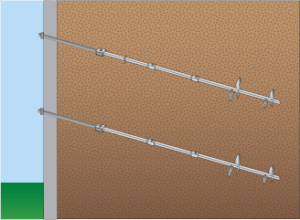 Your retaining wall has one job: to keep the earth on the other side of the wall in place. If a landslide occurs, it can cause the
Your retaining wall has one job: to keep the earth on the other side of the wall in place. If a landslide occurs, it can cause the 